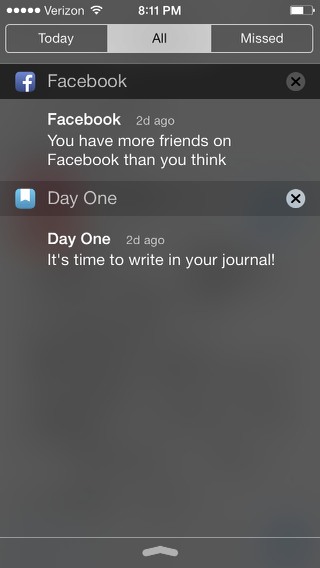Google's Project Ara has a wonderfully misleading sales pitch. It's a cell phone that lets you choose the parts you want in order to create your perfect phone. Interested in photography? Buy a high quality camera component and snap it on. Sounds simple. However, dig a little deeper and fundamental problems with this idea start to emerge.1
What if the camera you buy has features that the camera app you use doesn't support? What if the camera's drivers are buggy? What if the camera hardware requires two component spaces on the phone frame instead of one? Is everyone meant to play a game of geometry to figure out what set of components fit together to allow the features they want?
How about a different scenario. What if you buy a higher resolution screen, only to find out that your phone's GPU is too slow to support it? What if you buy a faster GPU and it requires a faster interconnect than your cell phone frame uses? Why should anyone even need to know what a GPU is?
There's also the tradeoff of bulk, where making every component removable means losing significant space to external housing and interconnects. Even worse, each component is forced into a predetermined size whether it needs the space or not.
An optimist would say that Google is working on solutions to these challenges. On the other hand, you could look at 30 years of history with PCs and predict a bleaker outcome for Project Ara. In this more likely scenario, customers will need to figure out what components work together, which have stable drivers, where to buy them, and how to configure them.
It should be clear by now that the reality of piecing together technology components never lives up to the promise of a seamless product. Every time the tech industry tries to do this, it finds out that the whole is less than the sum of its parts. Exhibit A: Compare any laptop to Apple's MacBooks. Exhibit B: Compare any Android phone to Google's Nexus line. Exhibit C: Compare any Windows tablet to Microsoft's Surface.
The Real Work is not formatting the margins, installing the printer driver, uploading the document, finishing the PowerPoint slides, running the software update or reinstalling the OS.
The Real Work is teaching the child, healing the patient, selling the house, logging the road defects, fixing the car at the roadside, capturing the table's order, designing the house and organising the party.
As someone who works to make technology transparent, Project Ara strikes me as a wrongheaded concept. It rewinds the clock on the last decade of progress in the tech industry. Instead of ushering in a new generation of personalized, upgradeable phones, it will be a mess of barely functioning components from different companies, with limited compatibility across generations of hardware.
We should be making tools that people can use effortlessly instead of pretending tech products are toys that people want to spend time tinkering with.
- Let's temporarily ignore the fact that Project Ara is vaporware, despite a puff piece in Time and the usual breathless coverage in the tech press. ↩

